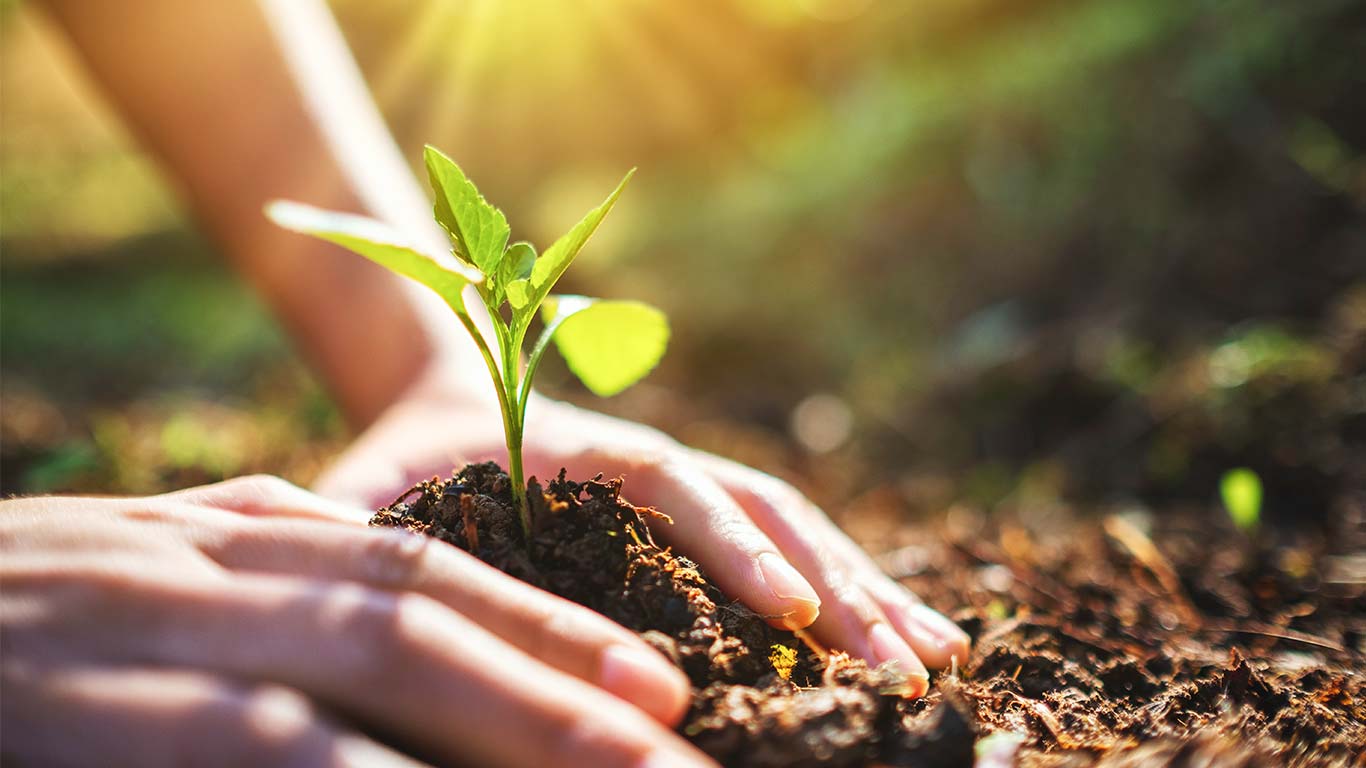A tree for life: how to find and plant it
When you plant a tree, you don’t just do it for yourself. Often, generations to come will enjoy it and connect it to you. We have some tips on what to consider when you select and plant your tree.
Considering the long-term relationship that you and your family may have with the tree you plant, it’s a good idea to think the process through. We’ve talked to the experts and taken notes on what’s important:
1. The basics: light, moisture, size
You may have heard it said: trees have feelings too. But even if they don’t, they definitely have preferences. Some like lots of light, others less. Some can tolerate very moist soil, even flooding. If you want your tree to thrive, you’ll need to look at your planting site and do some research on which tree would do well there.
It also pays to think ahead a few years. How much space is available, and what shape and size will your tree have when it reaches maturity? Consider the appropriate distances to structures and other trees. Also think about what happens underground – the roots of some trees grow to two to three times the width of the tree. Leave space for them to spread free of pipes and foundations, if possible.
2. What do you like and want?
Think about your preferences: size, shape, leaf type, showy blossoms, fall leaf color, and other traits. Are you looking for a fast-growing tree? If so, consider the trade-offs - ornamental pears have beautiful white flowers, great color in fall and grow quickly. But they have weak branch attachments that start to snap off after about 20 years. Do some research on local arboretum or university extension web sites.
3. Purchase and Plant
Once you know what you want, it’s time to purchase. Here you have some options – here’s what’s recommended: balled and burlapped trees first, potted trees second, and bare root trees third. With ball and burlap you can get into the larger 8 to 12-foot trees, but it may not be best to pick the largest tree on the nursery lot. For every 1 inch of diameter it will take 1 year for the tree to reestablish the roots it lost from being transplanted. That means a larger tree may spend multiple years rebuilding roots before doing much growing, while a smaller tree will rebound faster and possibly end up larger, sooner.
Spring and fall are the best times to plant trees, but you want to wait until soils are dry and mellow, but not too hard. Don’t rush your planting right at the beginning of spring, you want nice warm soils for planting. In northern climates, fall planting no less than 6 to 8 weeks prior to winter is best so that the tree has time to acclimate.
Dig the hole deep enough so that the top of the soil level in the pot or burlap is at ground level. For best results, loosen the soil about 2 to 3 times the width of the hole around the tree to make it easier for the roots to establish. Once the tree is in the hole, remove any wire basket and burlap and twine if possible. At the very least, use a knife to remove the top layer of burlap so that it does not wick moisture away from the root ball.
Water thoroughly after backfilling the hole to settle the soil. Depending on location and the size of the tree, newly planted trees need 10 to 15 gallons of water per week. Putting down 3 to 4 inches of organic mulch, such as wood chips, in a 3-foot diameter around a newly planted tree can help conserve moisture and prevent weeds. Keep the mulch several inches from the trees trunk.
Once it’s in the ground, leave the tree alone other than watering. Fertilizing and pruning (unless there are damaged or diseased branches) can wait until the roots get established.
